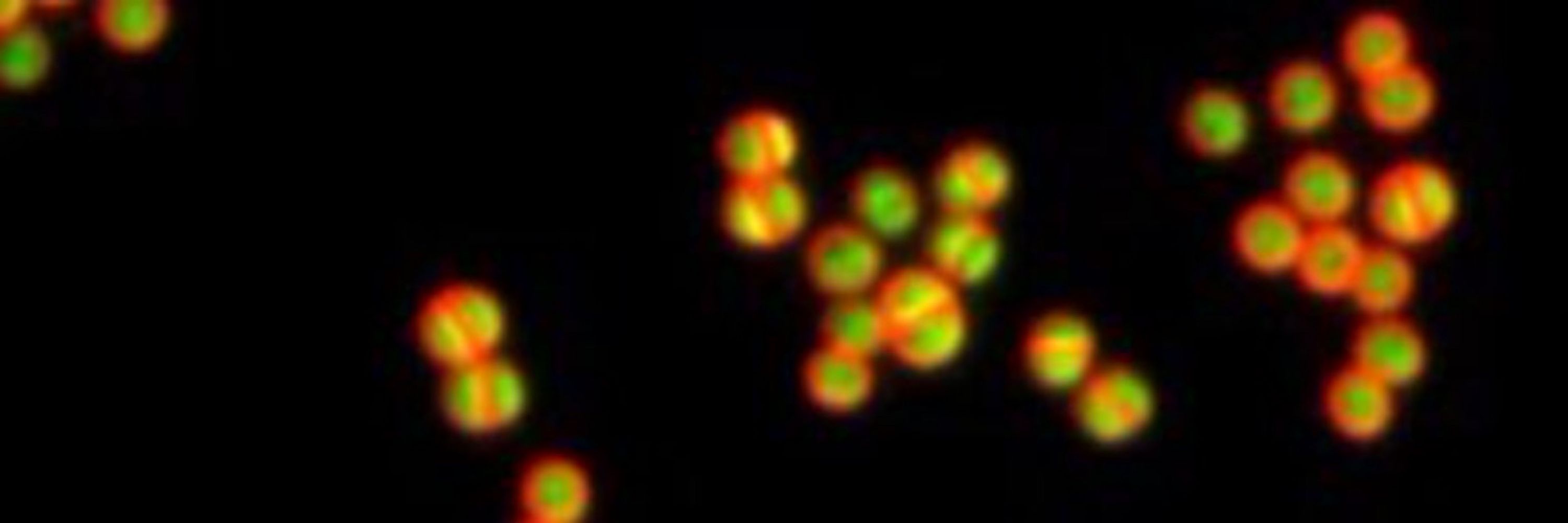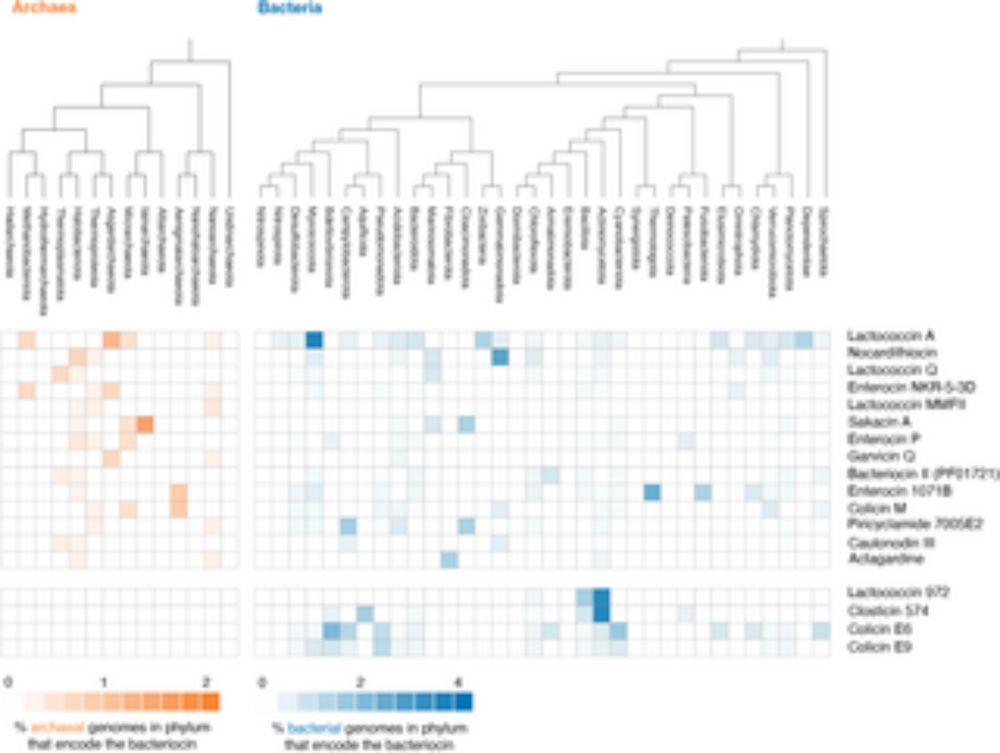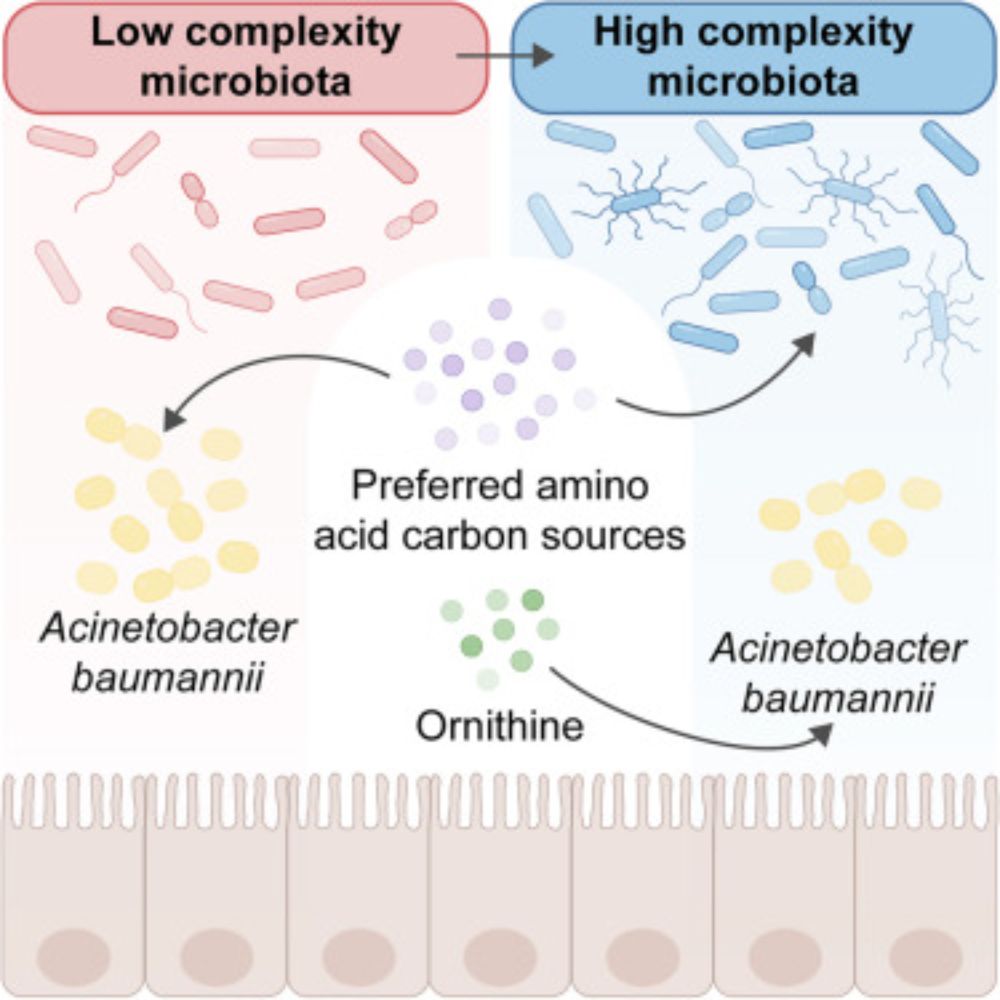Frances Yap
@ribo1214.bsky.social
1.3K followers
720 following
210 posts
Principal Investigator | Northwestern University Microbiology-Immunology | #RNA #ribosome #antibiotic resistance #AMR #MRSA | hails from 🇲🇾 by way of 🇹🇼 |Views are my own. 🧪 🧬🔬💉
Posts
Media
Videos
Starter Packs
Reposted by Frances Yap
Reposted by Frances Yap
Reposted by Frances Yap
Gc Rox
@gcrox.bsky.social
· Sep 6
Frances Yap
@ribo1214.bsky.social
· Aug 25
Reposted by Frances Yap
Steve Diggle
@digglelab.bsky.social
· Aug 25

Host niche-specific challenges hindering the treatment of polymicrobial infections | Journal of Bacteriology
Antimicrobial recalcitrance in pathogenic microbes is a growing problem around the world (1–3). In addition to struggling to keep up with the growing multitude of organisms evolving resistance mechanisms, we must also contend with a variety of other issues that hinder antibiotic effectiveness. For example, polymicrobial infections are now understood to be a major problem in the world of antimicrobial recalcitrance due to the ability of certain microbial communities to work together via polymicrobial synergism. In fact, many infections that are recalcitrant to antimicrobials have been determined to be polymicrobial (4). Polymicrobial infections have been shown to significantly increase the cost of patient treatment and hospital length of stay, costing thousands of dollars for the individual (5). Polymicrobial chronic wounds alone now cost more than 28 billion dollars a year and affect more than five to seven million Americans every year (6, 7). In addition to battling complex communities of microorganisms, we must also determine the best way to prescribe the same antibiotics across multiple body sites with minimal impact on patients. Antibiotic prescription can have negative impacts at sites across the body, including allergic reactions and inhibiting or killing the host microbiome (8, 9). As every patient is unique (different immune responses, hormone levels, and ages), and each body site is different (nutrient composition and stressors), we must adapt our antibiotic prescription methods to most effectively treat the individual and their illness. This minireview focuses on the challenges that hinder effective antimicrobial prescription across the body, emphasizing the importance of accounting for distinct polymicrobial communities and niche-specific stressors to the bacteria that differ at each body site.
journals.asm.org
Reposted by Frances Yap
Laura White
@laurakwhite.bsky.social
· Aug 22

Nanopore sequencing of intact aminoacylated tRNAs - Nature Communications
Accurate protein synthesis depends on aminoacylated tRNAs, but their identities have been hard to measure. Here, authors present aa-tRNA-seq, a nanopore-based method that reveals the amino acid, seque...
doi.org
Reposted by Frances Yap
Kranzusch Lab
@kranzuschlab.bsky.social
· Aug 22

A widespread family of viral sponge proteins reveals specific inhibition of nucleotide signals in anti-phage defense
Chang et al. discover anti-CBASS 4 (Acb4), a family of viral sponges that inhibits
bacterial immunity by sequestering nucleotide immune signals. Acb4 homologs in phages
that infect hosts across all ma...
www.cell.com
Reposted by Frances Yap
Reposted by Frances Yap
Christine Dunham
@dunhamlab.bsky.social
· Aug 12

An RNA modification prevents extended codon-anticodon interactions from facilitating +1 frameshifting
Nature Communications - tRNAs contain many chemical modifications that regulate their function. Integrating smFRET and cryo-EM approaches, this work demonstrates that m1G37 in tRNAProL stabilizes...
rdcu.be
Reposted by Frances Yap
Science Magazine
@science.org
· Aug 11

Altered translation elongation contributes to key hallmarks of aging in the killifish brain
Aging is a major risk factor for neurodegeneration and is characterized by diverse cellular and molecular hallmarks. To understand the origin of these hallmarks, we studied the effects of aging on the...
scim.ag
Frances Yap
@ribo1214.bsky.social
· Aug 3
Frances Yap
@ribo1214.bsky.social
· Aug 3













